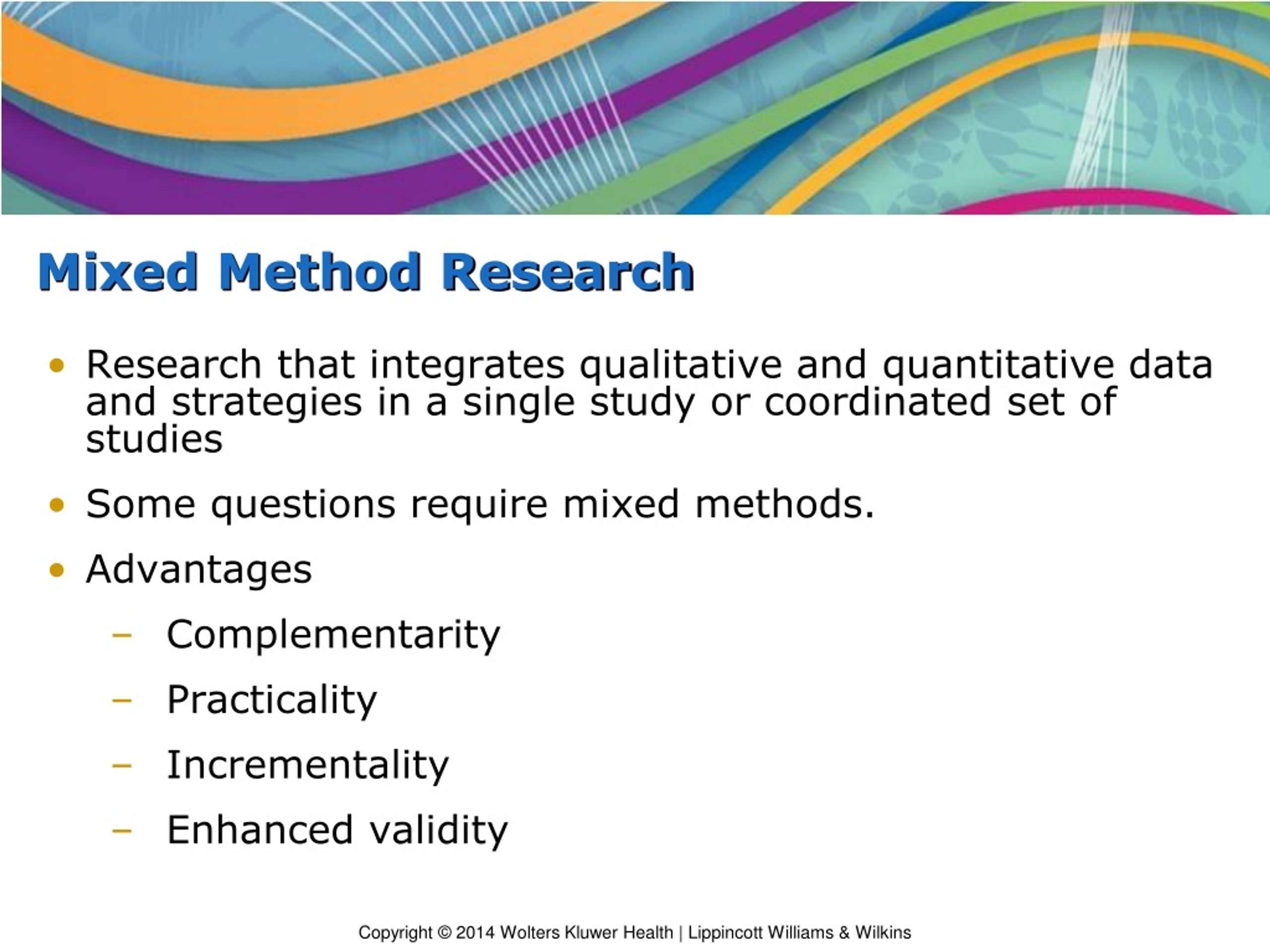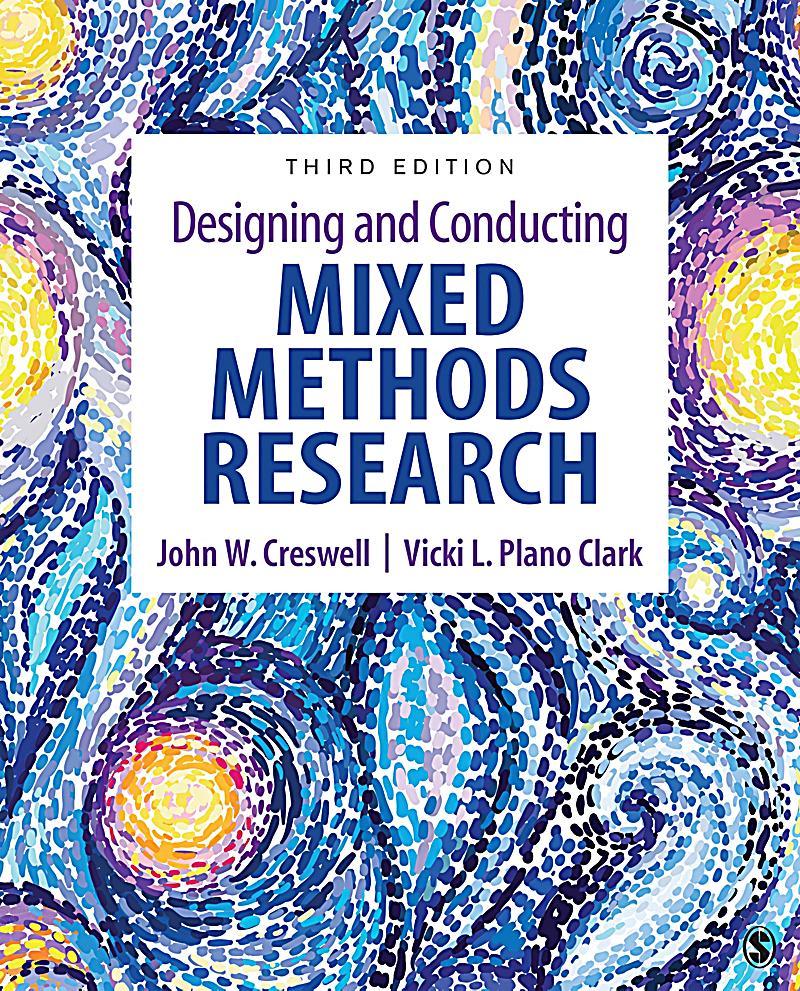Table Of Content

This was combined with the website, which included a home page, a user panel, and an administration panel, and the mobile app, which included a user area and an expert area. The panel of experts made comments and suggestions, and the model was revised twice and returned to the panel of experts for evaluation until they were satisfied. There were 18 residents from Year 1 to 3 of the Residency Training Program in Advanced General Dentistry who participated in this research (six from each year). There was no participant dropout, as all of them completed all required tasks, including the pre- and post-perceived assessments, gamified online role-play, and satisfaction questionnaire. According to the purposive sampling, the participants from the quantitative phase were selected for semi-structured interviews by considering sex, year of study, and self-perceived assessment scores. Twelve students (ten females and two males) participated in semi-structured interviews, where their characteristics are presented in Table 1.
Mixed Methods Research
This pedagogical approach could mimic real-life practice, where dental learners could gain experience in the use of teledentistry in simulated situations before interacting with actual patients. Role-play could provide learners opportunities to develop their required competencies, especially communication and real-time decision-making skills, in a predictable and safe learning environment20,23,46. Potential obstacles could also be arranged for learners to deal with, leading to the enhancement of problem-solving skill50. In addition, the recognition of teledentistry benefits can enhance awareness and encourage its adoption and implementation, which could be explained by the technology acceptance model51. Therefore, a gamified online role-play with a robust design and implementation appeared to have potential in enhancing self-perceived confidence and awareness in the use of teledentistry. Not all applied researchers have insight into the underlying philosophy and/or the skills to apply each set of methods appropriately.
Two case studies
Why are quantitative results not referred to as findings but rather as results? - ResearchGate
Why are quantitative results not referred to as findings but rather as results?.
Posted: Mon, 07 Aug 2023 07:00:00 GMT [source]
It is at this point that the components are “mixed”, hence the label “mixed methods designs”. The term “mixing”, however, is misleading, as the components are not simply mixed, but have to be integrated very carefully. The integration of quantitative and qualitative data involves combining the results from both types of data analysis to gain a more comprehensive understanding of the research question. Concurrent integration involves analyzing quantitative and qualitative data at the same time, while sequential integration involves analyzing one type of data first and then using the results to inform the analysis of the other type of data.
Methods and measures in food service food safety research: A review of the published literature - ScienceDirect.com
Methods and measures in food service food safety research: A review of the published literature.
Posted: Thu, 29 Feb 2024 08:00:00 GMT [source]
Resilience Development of Swiss Adolescents: A Convergent Mixed-Methods Approach
We find this strong drive to develop methodologies, definitions, and typologies of MMR as guides to valid mixed methods research problematic. Researchers are asked to make a choice for a particular MMR design and adhere to the guidelines for a “proper” MMR study. Such methodological prescription diametrically opposes the initial critique of the mechanical and unreflexive use of methods.
One can go a long way in depicting a complex design with Morse’s (1991) notation when used to its full potential. We also recommend that researchers understand the process approach to design from Maxwell and Loomis (2003), and realize that research design is a process and it needs, oftentimes, to be flexible and interactive. This study evaluated whether a hemodialysis nursing team integrated with a home telehealth model was a feasible method of holistic care delivery to maintain quality of life and improve health outcomes among OPLWH.
JSmol Viewer
The value of a home telehealth self-monitoring model with nurse oversight has been demonstrated with positive results in terms of reducing clinical complications. Despite less contact with homecare facilities due to shortages of clinical nurse specialists visiting patients at home, OPLWH experienced sustained quality of life and improved clinical outcomes after receiving the integrated home telehealth model. The conceptual framework of this study applies the continuum of home telehealth technologies, developed by Hebert, Korabek, and Scott, to examine the feasibility of using a home telehealth program for older persons living with hemodialysis (OPLWH) in Thailand [15]. These technologies can be categorized following the 3 steps of the home telehealth technologies’ continuum [17], from 1) patients initiating contact, through 2) automatic monitoring via technology, to 3) healthcare professionals initiating contact (see Fig. 1). Categorizing telehealth services may also be based on desirable patient outcomes and the need for services [15].
An example of this is a study that first has an online survey to collect initial data and is followed by in-depth interviews to gain further insights. Participants and their caregivers in the experimental group received the home telehealth model in addition to standard care and were provided with a set of 1 manual and a tablet with internet connection for 6 months, containing the downloaded web application for the home telehealth model. They underwent a day of group teaching sessions, consisting of answering questions and addressing concerns as well as training in self-management skills.
Patient or public contribution
In addition, they could express their thoughts and emotions during a role-play through experiential learning20,24,25. Role-play through video teleconference would be considered as a distance learning tool for training dental professionals to effectively use teledentistry. Despite the recognised strengths and benefits of doing mixed-methods research, there is still only a limited number of nursing and related-health research publications using such this approach. Researchers need training in how to design, conduct, analyse, synthesise and disseminate mixed-methods research. Most importantly, they need to consider appropriate research questions that can be addressed using a mixed methods approach to add to our knowledge in evidence-based practice. In short, we need more training on mixed-methods research for a range of health researchers and health professionals.
Typological versus interactive approaches to design
You will be able to get a quick price and instant permission to reuse the content in many different ways. If you require any of our publications, videos, or website content in an accessible format, please email us. By following a thread, the researcher can explore various research topics related to the original issue and gain a more comprehensive view of the issue. An example of this would be if you surveyed employees at a company about their satisfaction with their job and then conducted interviews to gain more information about why they responded the way they did.

Note that each research tradition receives an equal number of letters (four) in its abbreviation for equity. Interviews are a qualitative data collection method that involves asking open-ended questions to gather in-depth information about a participant’s experiences, perspectives, and opinions. This article will outline common types of mixed methods designs and provide examples of how nursing researchers can apply different mixed methods designs in order to answer important nursing practice questions. Mixed methods designs allow for method flexibility and can provide differing and even conflicting results.
Dependence indicates whether the implementation of one component depends upon the results of data analysis of the other component. As we will see in the example case studies, a concurrent design could include dependent data analysis, and a sequential design could include independent data analysis. It is conceivable that one simultaneously conducts interviews and collects questionnaire data (concurrent), while allowing the analysis focus of the interviews to depend on what emerges from the survey data (dependence). In the mixed methods literature, the distinction between sequential and concurrent usually refers to the combination of concurrent/independent and sequential/dependent, and to the combination of data collection and data analysis. This design involves collecting both qualitative and quantitative data concurrently and then comparing the results to find areas of agreement and disagreement.
The medical units had a register of OPLWH which included patients’ telephone numbers; using this register, the researcher was able to invite potential participants to take part in the study by telephone. An advanced practitioner nurse in hemodialysis and two hemodialysis nurses who were trained as “supporters” helped to recruit participants, participated in monthly meetings and discussions with researcher and participants at the hemodialysis unit, and provided monitoring and consultation online. They also helped the researcher collect laboratory parameters from medical records at the hemodialysis unit.
These mixed methods researchers are likely to believe that qualitative and quantitative data and approaches will add insights as one considers most, if not all, research questions. The number of possible purposes for mixing is very large and is increasing; hence, it is not possible to provide an exhaustive list. Greene et al.’s (1989) purposes, Bryman’s (2006) rationales, and our examples of a diversity of views were formulated as classifications on the basis of examination of many existing research studies. They indicate how the qualitative and quantitative research components of a study relate to each other. These purposes can be used post hoc to classify research or a priori in the design of a new study. When designing a mixed methods study, it is sometimes helpful to list the purpose in the title of the study design.

No comments:
Post a Comment